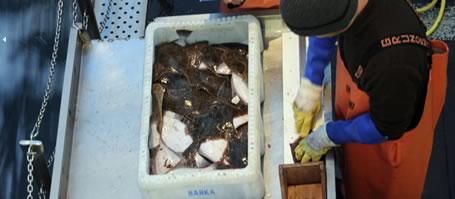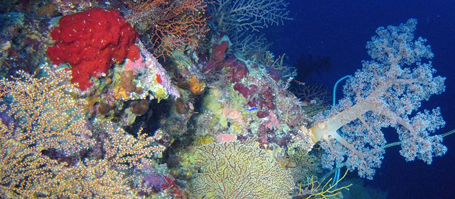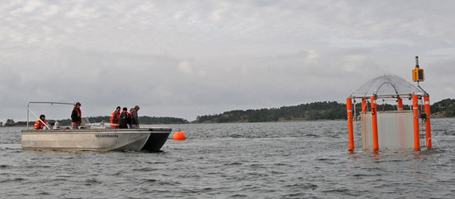Scientists from the Kiel Cluster of Excellence “The Future Ocean” have now developed a concept that allows for the first time the evaluation and comparison of the degree of overfishing of 13 commercially fully utilized European fish species both economically and biologically. The Kiel scientists presented their calculations recently in the international journal Ecological Economics.
Up to now either biological reference values such as stock density (BMSY) and mortality (FMSY) or economic valuations such as catch (MSY) and sustainable yield (MEY) have been used for the development of sustainable fisheries management concepts for single stocks. An alternative and new method is the calculation of so-called shadow interest rates (SIR). “For the first time we have been successful in combining biological and economic factors in a single indicator” says Professor Martin Quaas, Resource Economist at the Institute of Economics at Kiel University and first author of the study. “With the calculation of the shadow interest rate we can determine not only the degree of overfishing. We can now compare the individual stocks also.”
The calculation of the shadow interest rate requires a complicated mathematical model. “This is comparable to the effort needed to determine the future earnings of a company. Our calculations are based on scientifically substantiated models and statistical methods” says Martin Quaas. The interpretation of the shadow interest rate is comparatively simple: It measures the future economic revenue which would result from a marginal lowering of the current fishing quotas.
Ocean fish stocks are still considered a common resource, whereas the caught fish belongs to the fisher, the fish in the sea belongs to everyone. The fisher borrows the natural resource fish – before any interest rate has been calculated. If it is assumed that the revenue will increase if fewer fish are caught, this represents an investment of the fisher in a growing fish stock. This growth has now been given a value by the Kiel fisheries biologists and economists, the so-called shadow interest rate. Shadow interest rates between 10 percent (Norwegian smelt) and 90 percent (North Sea cod) could be identified for 13 fish species (see graphic). The higher the percentage the more overfished the stock is and the more an investment would be worth equally for the fisher as for the stock.
Shadow interest rates provide stakeholders from politics and industry with a new means of evaluation for the development of sustainable fisheries management concepts. “Economic costs are often underestimated when determining quotas” says fisheries biologist Dr. Rainer Froese from GEOMAR I Helmholtz Centre of Ocean Research Kiel and co-author of the study. “In Kiel we have long been researching integrated concepts that make sense from a biological and an economic point of view.” adds Froese. Resource economist Martin Quaas comments: “The new study demonstrates that a stock-sparing fishery represents an economically rewarding investment, since the rate of return lies well over the market interest rate.”
Original work:
Martin F. Quaas, Rainer Froese, Helmut Herwartz, Till Requate, Jörn O. Schmidt, Rüdiger Voss, Fishing industry borrows from natural capital at high shadow interest rates, Ecological Economics, August 2012,
http://dx.doi.org/10.1016/j.ecolecon.2012.08.002
Graphic on the Shadow Interest Rate
Representation of the shadow interest rate for 13 species. The higher the percentage the more overfished the stock and the more an investment would equally benefit the fisher and the stock. Copyright: The Future Ocean, Graphic Jörn Schmidt.
Contact
Prof. Dr. Martin F. Quaas
Institute of Economics, Kiel University
Telephone 0431-880-3616
quaas@economics.uni-kiel.de
Dr. Rainer Froese
GEOMAR I Helmholtz Centre of Ocean Research Kiel
Telephone: 0431 600-4579
rfroese@geomar.de
Friederike Balzereit
Cluster of Excellence “The Future Ocean”, Public Outreach
Telephone: 0431 880-3032
fbalzereit@uv.uni-kiel.de
…



